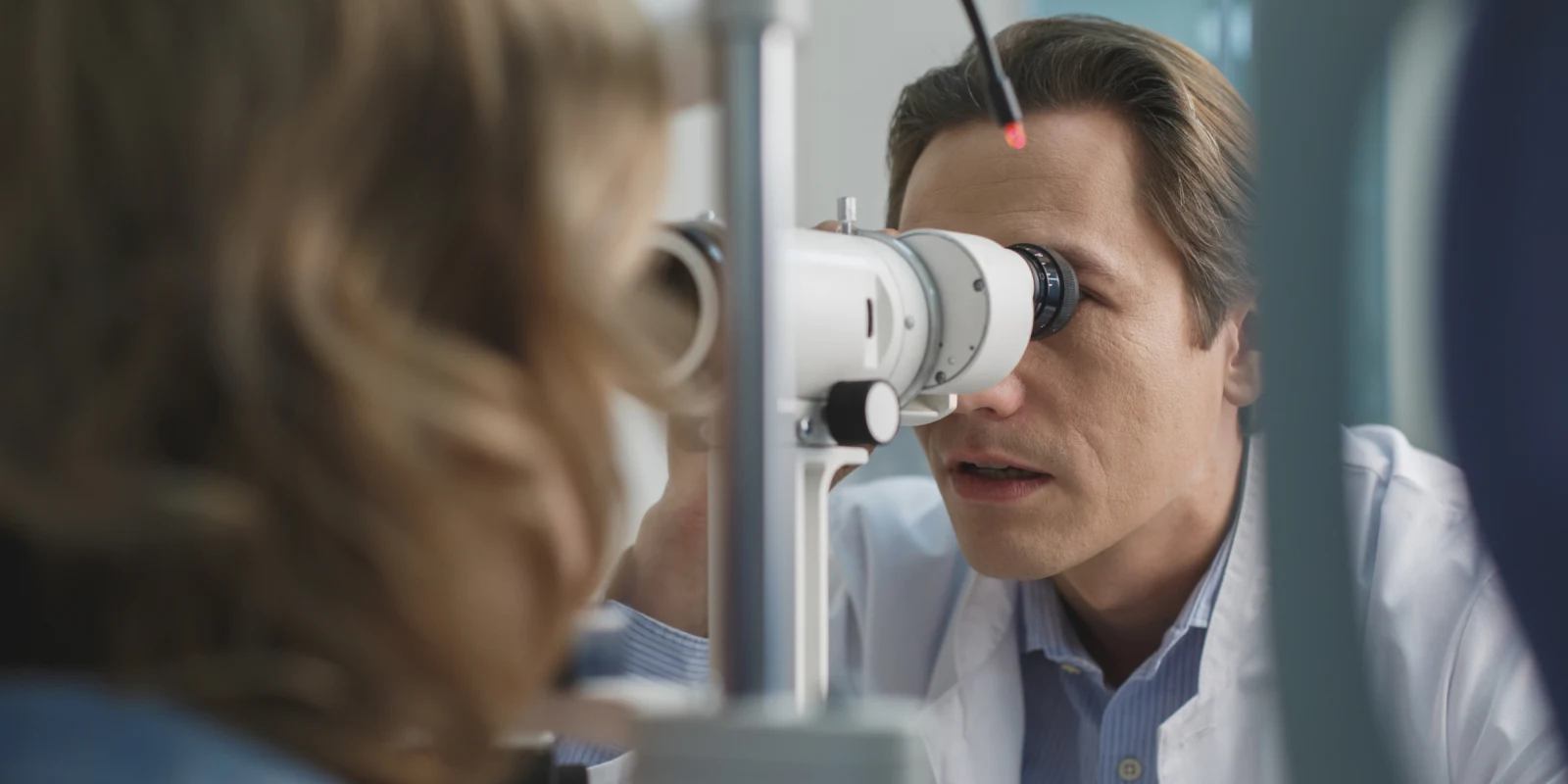When I was newly out of college and working as a management consultant, a manager advised me to “become comfortable with uncertainty.” Fast forward a decade, I have embarked on a career as a glaucoma specialist, and, while I’ve grown more used to the inherent uncertainty of this field, I cannot claim that it feels comfortable. Multiple times a day, I find myself grappling with questions like: how aggressive should I be right now to maximize this patient’s visual function over their lifetime? What trajectory will this patient’s newly diagnosed glaucoma follow? Does this highly myopic patient also have glaucoma? Is this visual field worse, or simply demonstrating the variability inherent in consecutive fields in advanced disease? Many days, I wish I had a crystal ball.
Recent decades have seen remarkable advances in the diagnosis and management of glaucoma, yet detecting progression in very early or advanced disease, predicting disease course for an individual patient, and dealing with glaucoma confounders such as concomitant retinal disease, remain daily challenges. The speakers in the diagnostics session of AAO’s glaucoma subspecialty day 2020 focused on these challenges, providing practical advice for optimizing our diagnostic sensitivity using tools we already have at our disposal, as well as using new ones shortly coming down the pipeline. I anticipate that their insights will change my own practice in several ways.
A central theme of this session was using macular data from visual fields and OCT to evaluate glaucoma status. We have recently come to recognize that undersampling in the central 10 degrees of vision in HVF 24-2 protocols obscures central vision loss in many patients, causing us to underestimate disease stage or miss progression. Several speakers highlighted research showing that many patients diagnosed with mild glaucoma according to standard staging criteria actually have central vision loss at diagnosis. In fact, patients with “early glaucoma” who report reduced contrast sensitivity and vision-related quality of life scores are more likely to have macular damage on OCT and central vision loss on 10-2 fields.
The speakers proposed several strategies for addressing this issue. Instead of reserving 10-2 fields for patients with advanced disease, several speakers advocated the early use of 10-2 studies in all glaucoma patients. 10-2 tests can detect central defects too focal to be detected in a 24-2, and can also detect progression of central defects with more sensitivity. The caveat to this strategy is that progression analysis tools are not yet available for 10-2 fields (but are coming soon in one form or another). Another option is the newly available 24-2C protocol which adds 10 test points in the central 10 degrees to the standard 24-2 protocol, allowing better detection of central vision loss while not sacrificing guided progression analytics. Several speakers presented case studies demonstrating how increased macular sampling in this protocol can provide useful information about disease progression in both early and advanced disease.
The utility of guided progression analysis in visual fields can be improved when baselines tests are established quickly, and when testing is done more often. Several speakers advocated getting frequent visual fields (up to four tests per year!) in the first few years after diagnosis, both to establish a good baseline and assess an individual’s rate of progression. More frequent field assessment can diminish undue influence of outlier tests on the rate of progression, allowing the physician to make better predictions about disease course and optimal management strategy in the context of a patient’s predicted longevity. In his talk, Dr. Nour-Mahdavi introduced the idea of using guided progression analysis to assess focal progression. Our current approach uses the global indices of mean deviation and visual field index to assess rates of progression, but this likely misses important information about localized loss. “Point-wise” or “cluster-wise” progression analysis will likely become an important and more widely available tool for the glaucoma specialist in the future.
Lastly, several speakers emphasized the importance of linking structural and functional assessment in glaucoma. This idea is not new — correlating OCT RNFL changes and more recently macular thickness data with visual field defects has been a mainstay of glaucoma practice for nearly two decades. However, OCT begins to lose its utility in advanced disease as tissue thickness approaches a “floor” beyond which changes cannot be detected. In these situations, I have tended to rely on HVF alone to assess progression. In his presentation, Dr. De Moraes described a “region of interest approach” for using RNFL data even in advanced disease. In this approach, the RNFL circle scan is used to identify a small area of preserved RNFL, which is then mapped to the associated area of the 10-2 visual field. The threshold sensitivity numbers in this area of field can be monitored alongside thickness changes in an associated segment of RNFL. Similarly, in early disease, small changes of macular or GCC thickness can be correlated with 10-2 sensitivity numbers, to detect functional progression that would be missed on HVF 24-2.
So, what will I be doing differently in future after listening to this talk? I will be ordering more frequent visual field tests in newly diagnosed glaucoma patients. I will start checking the central visual field in more patients with earlier stages of glaucoma. Lastly, I am eager to try the “region of interest” approach in advanced disease. While none of these is exactly a crystal ball, I am hopeful that these strategies will help diminish some uncertainty in challenging situations.
Image: Olena Yakobchuk / shutterstock






